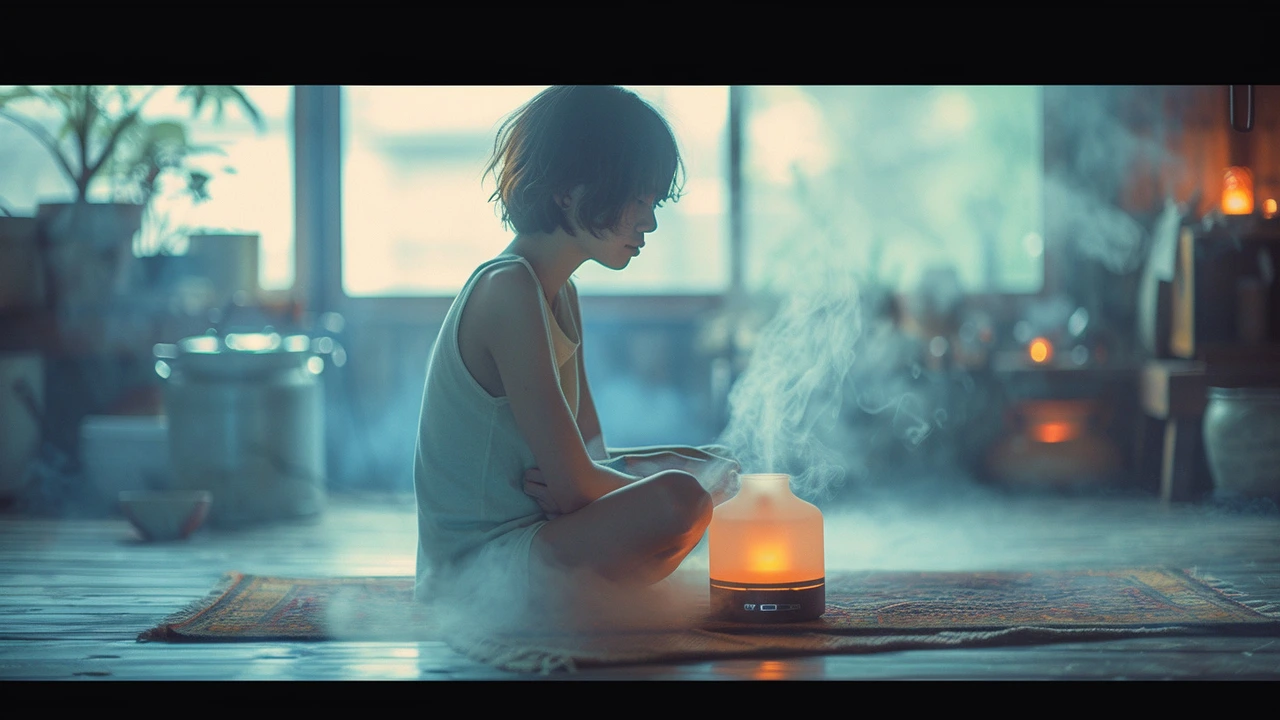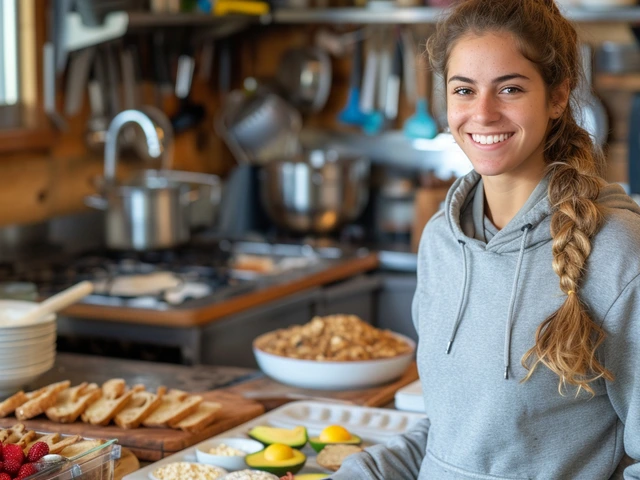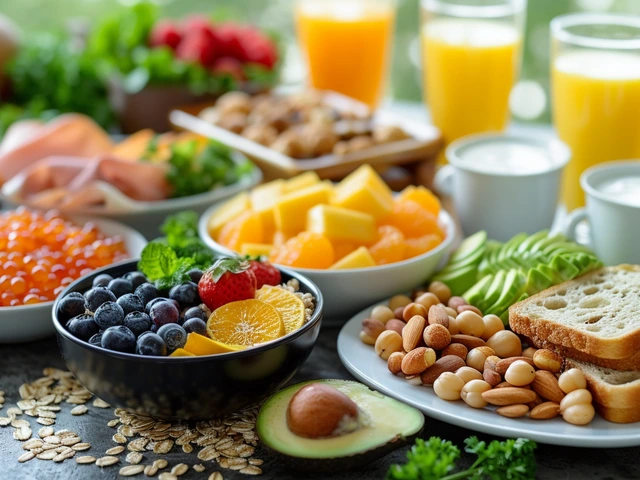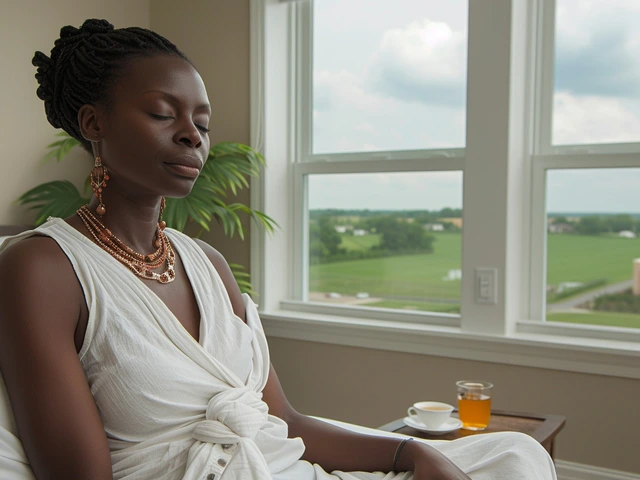Understanding the Basics of Essential Oils
Before we dive into the art of blending essential oils effectively, it's crucial to understand the basics. Essential oils are concentrated plant extracts that retain the natural smell and flavor, or "essence," of their source. They have been used for centuries for various purposes, including health, beauty, and spiritual practices. Each essential oil has its own unique aroma and therapeutic benefits. From lavender for relaxation to peppermint for energy, the possibilities are endless. However, when you start blending these oils together, that's when the magic truly happens.
Choosing High-Quality Essential Oils
When it comes to aromatherapy, the quality of your essential oils matters. Not all essential oils are created equal. Some are pure, some are diluted with carrier oils, and some are synthetically made. For the best results, always opt for 100% pure, therapeutic grade essential oils. These oils are derived from plants and have undergone minimal processing, meaning their therapeutic properties are intact. Remember, the effectiveness of your blends is largely dependent on the quality of the oils you use.
Understanding Essential Oil Categories
Essential oils are often categorised based on their aromatic properties. These categories include floral (like lavender and chamomile), citrus (such as lemon and orange), spicy (such as clove and cinnamon), woody (like cedarwood and pine), and earthy (like patchouli and vetiver). Understanding these categories can help you to create balanced and harmonious blends. For instance, floral oils often blend well with citrus oils, while spicy oils pair well with woody oils.
Learning the Art of Blending Essential Oils
Blending essential oils is both a science and an art. It involves understanding the unique properties of each oil, and how they interact with each other. It's about creating a synergy, where the blend becomes more powerful than the sum of its parts. The key to successful blending is to take it slow, and experiment with small amounts. Start with just two or three oils, and gradually add more as you become more confident. Always remember, less is more when it comes to essential oils.
Creating Therapeutic Blends
When creating therapeutic blends, it's important to consider the benefits you wish to achieve. For instance, if you're looking to create a blend for relaxation, you might choose oils with calming properties such as lavender, chamomile, or ylang ylang. On the other hand, if you're creating a blend to boost energy, you might opt for stimulating oils like peppermint, lemon, or rosemary. Always research the properties of each oil before adding them to your blend.
Understanding Safety Precautions
While essential oils can offer many benefits, they are also potent and need to be used with caution. Some oils can be irritating to the skin, while others can be toxic if ingested. It's important to always dilute your oils with a carrier oil before applying them to the skin, and never ingest essential oils without professional guidance. If you're pregnant, breastfeeding, or have a medical condition, always consult with a healthcare professional before using essential oils.
Storing Your Essential Oil Blends
Once you've created your beautiful blend, proper storage is crucial to maintain its potency and longevity. Essential oils should be stored in dark, glass bottles to protect them from light and heat, which can degrade their quality. They should also be kept in a cool, dry place, away from direct sunlight. With proper storage, your essential oil blends can last for up to a year or more.
The Joy of Experimentation
One of the most exciting aspects of blending essential oils is the sheer joy of experimentation. It's a chance to tap into your creativity and intuition, and discover new and delightful aromatic combinations. The more you experiment, the more you'll learn about the unique properties of each oil, and how they interact with each other. So don't be afraid to experiment and have fun – that's the heart of aromatherapy.







Write a comment